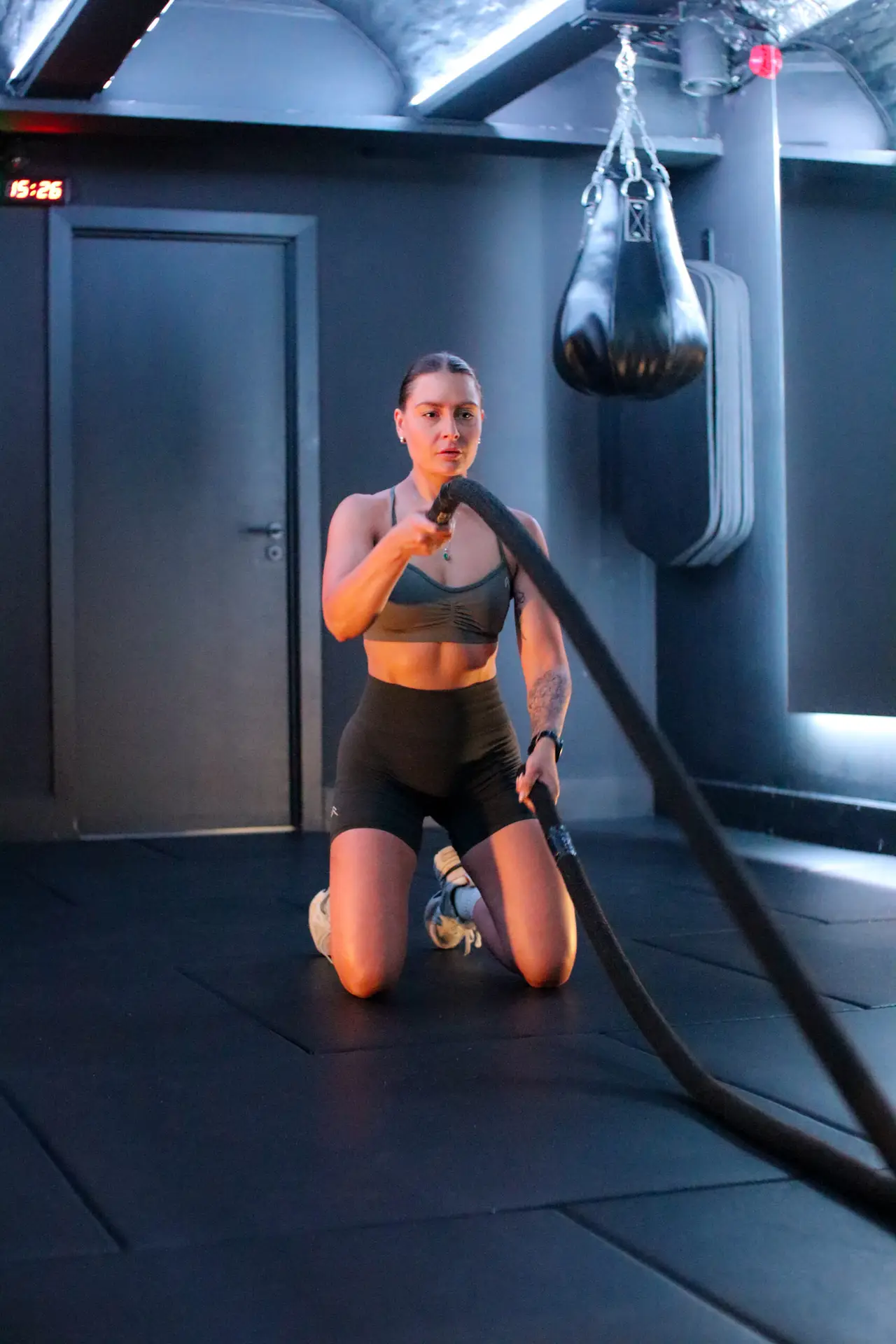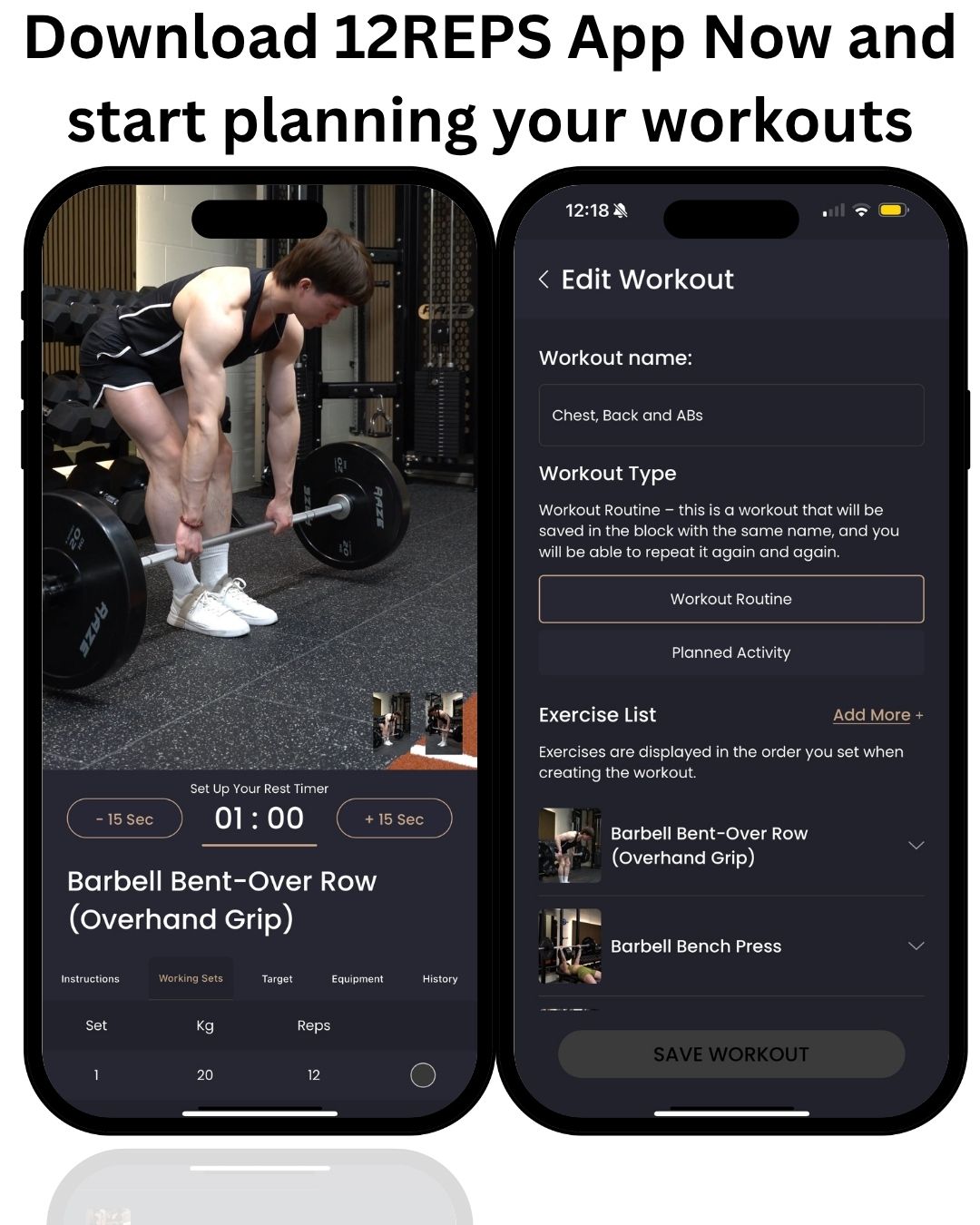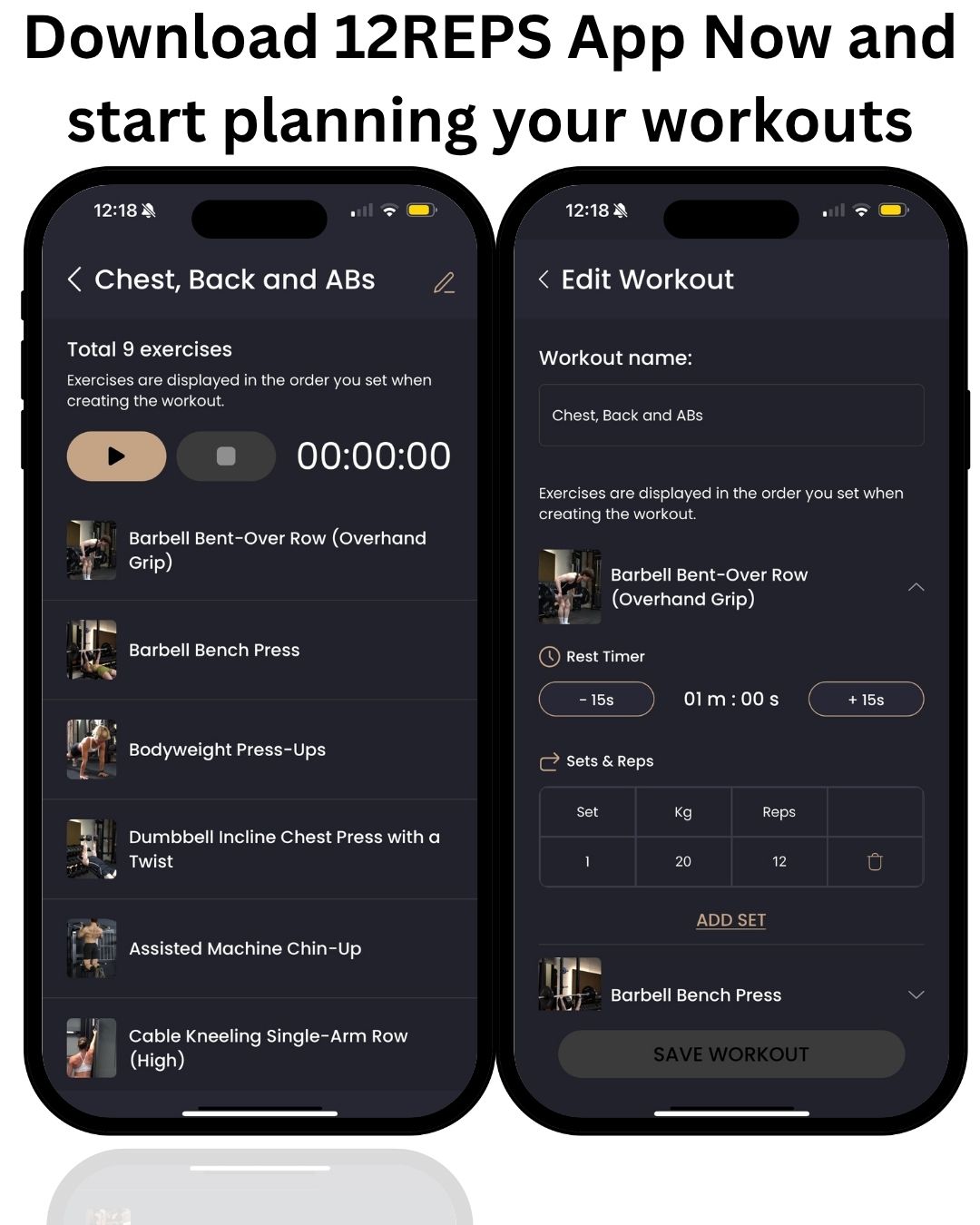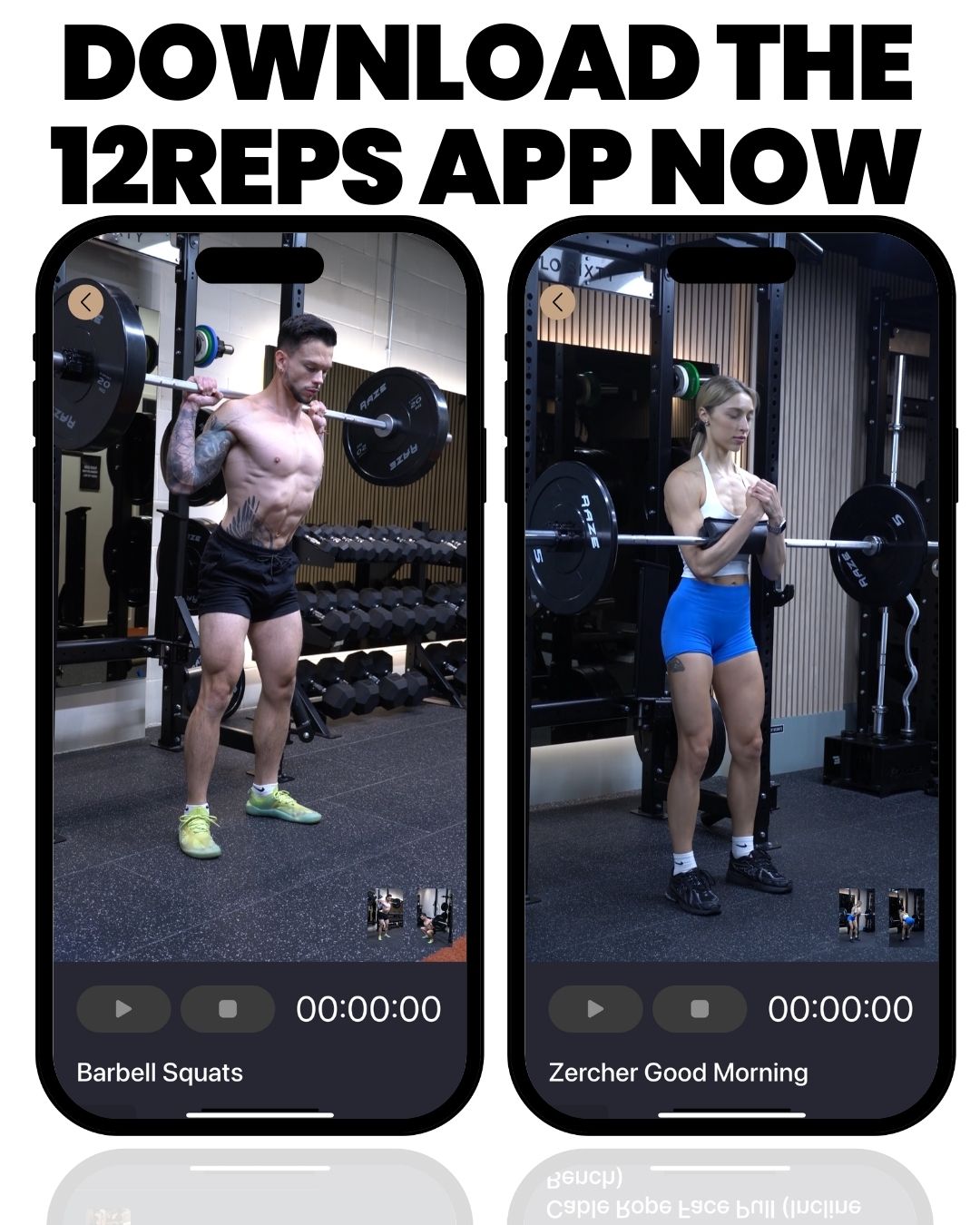By Will Duru, BSc (Hons) Sport and Exercise Science
For over a decade, I’ve had the privilege of helping women transform their lives through strength training. I’ve heard the same fears, the same questions, and the same myths repeated time and again. “I don’t want to get bulky.” “I’m afraid of the weights section.” “I don’t know where to start.” My name is Will Duru, and I’m here to tell you that strength training is the most empowering, life-changing gift you can give yourself.
I’ve seen women go from feeling weak and insecure to confident and powerful. I’ve seen them lose stubborn body fat, build lean muscle, and develop a newfound love for their bodies. Strength training isn’t just about changing your physique; it’s about changing your entire outlook on life. It’s about discovering your own strength, both inside and out.
This guide is the conversation I have with every woman who walks into my gym. It’s a comprehensive, no-nonsense Q&A to answer the 30 most common questions women have about strength training. Whether you’re a complete beginner or looking to break through a plateau, this is your ultimate resource.

Your Digital Coach: The 12Reps App
Before we dive in, I want to introduce you to your new best friend in the gym: the 12Reps app. This is more than just a strength training app; it’s a powerful weightlifting app that puts a personal trainer in your pocket. You can build custom workouts, track your progress, and watch video demonstrations for every exercise. It’s the perfect tool to guide you on your strength journey. Download the 12Reps app and start your 7-day free trial today.

The Ultimate Strength Training Q&A for Women
Beginner’s Corner: Getting Started
- I’m a complete beginner. Where do I start?
Start with the basics. Focus on mastering fundamental movement patterns, such as squats, lunges, push-ups, and rows. Begin with bodyweight exercises to build a solid foundation before adding weights. A simple 3-day-a-week full-body routine is perfect for beginners.
- Will lifting weights make me bulky?
This is the most common myth, and the answer is a resounding no. Women have significantly lower levels of testosterone than men, making it physiologically very difficult to build large, bulky muscles. Instead, strength training will create a lean, toned, and athletic physique.
- How often should I work out?
For beginners, 3 days a week is ideal. This allows for adequate recovery, which is when your muscles actually grow and get stronger. As you become more advanced, you can increase to 4-5 days a week if you wish.
- How long should my workouts be?
Aim for 45-60 minutes of focused training. Quality over quantity is key. A well-structured, intense workout is far more effective than hours of half-hearted effort.
- What are the best exercises for beginners?
Focus on compound exercises that engage multiple muscle groups simultaneously. These include:
- Squats: (Bodyweight, Goblet Squats)
- Lunges: (Bodyweight, Dumbbell Lunges)
- Push-ups: (On your knees or toes)
- Rows: (Dumbbell Rows, TRX Rows)
- Glute Bridges: (Bodyweight, with a band or weight)
- Do I need a gym membership?
No. You can get a fantastic workout at home with minimal equipment. A set of dumbbells, resistance bands, and your own bodyweight are all you need to get started.
The Science of Muscle: How It All Works
- What is a “rep” and a “set”?
A rep (repetition) is one complete motion of an exercise. A set is a group of consecutive reps. For example, 3 sets of 12 reps means you perform 12 reps, rest, and repeat that two more times.
- What is a warm-up set vs. a working set?
A warm-up set is a light set performed before your main lifts to prepare your muscles and joints. A working set is a set performed at your target weight and intensity for that exercise.
- What rep range builds strength and size?
For pure strength, the 1-5 rep range with heavy weight is most effective. For a combination of strength and size (hypertrophy), the 6-12 rep range is the classic recommendation.
- What rep range builds lean, dense muscle?
Recent research indicates that you can effectively build muscle in a wide range of rep ranges (from 5 to 30), as long as you train close to failure [1]. However, for that “dense” look, focusing on the 6-10 rep range with heavy, compound lifts is a fantastic strategy.

- What is hypertrophy?
Hypertrophy is the scientific term for the growth and increase in the size of muscle cells. This is the primary goal for anyone looking to build muscle.
- What is 1RM?
1RM stands for “one-repetition maximum.” It’s the heaviest weight you can lift for a single repetition with proper form. It’s often used to calculate the appropriate weight for different training goals.
- What is training to failure?
Training to failure means performing reps until you can no longer complete another one with good form. It’s an advanced technique that can be effective for muscle growth but should be used sparingly to avoid overtraining.
Advanced Training Techniques
- What are supersets?
Supersets involve performing two different exercises back-to-back with no rest in between. This is a great way to increase workout intensity and save time.
- What are dropsets?
Dropsets are an intensity technique where you perform a set to failure, immediately reduce the weight, and continue to perform more reps until you reach failure again.
Age & Strength: It’s Never Too Late
- I’m in my 30s/40s/50s. Is it too late to build muscle?
Absolutely not. In fact, strength training is even more important as you get older. It helps combat age-related muscle loss (sarcopenia) and keeps your metabolism high.
- What is sarcopenia (age-related muscle loss)?
Sarcopenia is the gradual loss of muscle mass, strength, and function that comes with aging. It can start as early as your 30s. The single best way to fight it is with consistent strength training [2].
- How does strength training change as I get older?
Your focus should shift slightly towards injury prevention and recovery. This means prioritizing your warm-ups, focusing on perfect form, and listening to your body. You may also find that you need more rest days between workouts.
- Does strength training improve longevity?
Yes. Strength training is one of the most powerful tools for a long, healthy life. It improves bone density, reduces the risk of falls, improves insulin sensitivity, and lowers your risk of numerous chronic diseases. It’s a key pillar of longevity.
- What about menopause and strength training?
Strength training is a game-changer during menopause. It helps combat metabolic slowdown, preserve bone density, and improve mood and sleep quality. It’s one of the most effective ways to manage the physical and mental changes that come with this stage of life [3].
Nutrition & Fat Loss
- Can I build muscle and lose fat at the same time?
Yes, especially if you’re a beginner. This is referred to as “body recomposition.” It requires a high-protein diet and a consistent strength training routine. For more advanced lifters, it’s often more effective to focus on one goal at a time (a dedicated “building” or “cutting” phase).
- How much protein do I need to build muscle?
Aim for 1.6-2.2 grams of protein per kilogram of body weight. If you’re a 60kg woman, that’s about 96-132 grams of protein per day.

- Do carbs make you fat?
No. Excess calories make you fat. Carbohydrates are your body’s primary energy source and are crucial for fueling your workouts. Focus on quality, complex carbs like oats, brown rice, and sweet potatoes.
- How do I lose weight without losing muscle?
To lose fat while preserving muscle, you need to do two things: eat in a moderate calorie deficit (approximately 300-500 calories below your maintenance level) and maintain a high protein intake.
- What supplements should I take?
For most women, the only supplements worth considering are:
- Protein Powder: A convenient way to hit your protein goals.
- Creatine Monohydrate: The most researched supplement for improving strength and power.
- Vitamin D: Crucial for bone health and immune function.
Common Myths & Mistakes
- Do I need to feel sore after every workout?
No. Soreness (DOMS) is not an indicator of a good workout. It simply means you’ve introduced a new stimulus to your muscles. As you get more consistent, you’ll likely feel less sore.
- Is cardio or strength training better for fat loss?
Both are important, but strength training is the king of long-term fat loss. Building muscle increases your resting metabolism, meaning you burn more calories 24/7. Use cardio as a tool to supplement your strength training and improve heart health.
- Will lifting weights make my muscles turn to fat if I stop?
No, this is a myth. Muscle and fat are two completely different types of tissue. If you stop training, your muscles may shrink, but they will not turn into fat.
- Do I need to lift heavy to see results?
While lifting heavy is a great way to build strength, you can still see amazing results with lighter weights and higher reps, as long as you train with intensity and focus on proper form.
- What’s the biggest mistake women make in the gym?
The biggest mistake is being afraid to lift challenging weights. Many women stick to the light dumbbells for fear of getting bulky, but the real magic happens when you challenge your muscles. Don’t be afraid to get strong!

The Transformative Power of Strength Training
In my decade of training women, I’ve witnessed transformations that go far beyond the physical. I’ve seen shy, insecure women walk into my gym and leave as confident, empowered leaders. I’ve watched mothers rediscover their strength after childbirth, professionals find stress relief through lifting, and women in their 50s and 60s build the strongest bodies of their lives.
Strength training is medicine for the modern woman. In a world that constantly tells us we’re not enough, the gym becomes a sanctuary where we prove to ourselves that we are more than enough. Every rep is a declaration of self-worth. Every set is an investment in your future self.
The Mental Health Benefits
The psychological benefits of strength training are profound and scientifically proven. Regular resistance training has been shown to reduce symptoms of anxiety and depression, improve self-esteem, and enhance cognitive function. When you lift weights, your body releases endorphins, the body’s natural mood elevators. You also experience a sense of accomplishment and control that translates into other areas of your life.
Many of my clients tell me that their confidence in the gym has made them more assertive at work, better negotiators in their personal relationships, and more willing to take on challenges they previously would have avoided. This is the true power of strength training – it builds mental resilience alongside physical strength.
Creating Your Support System
One of the biggest barriers women face when starting their strength journey is feeling intimidated or out of place in the gym. Here’s the truth: everyone in the gym is focused on their own workout. The person lifting heavy weights next to you was once exactly where you are now. The fitness community is generally supportive and encouraging, especially when they see someone genuinely trying to improve themselves.
If you’re still nervous about the gym environment, consider starting with the 12Reps app at home. You can build confidence and learn proper form in the comfort of your own space before transitioning to a gym setting. The app’s video demonstrations and detailed instructions make it like having a personal trainer with you 24/7
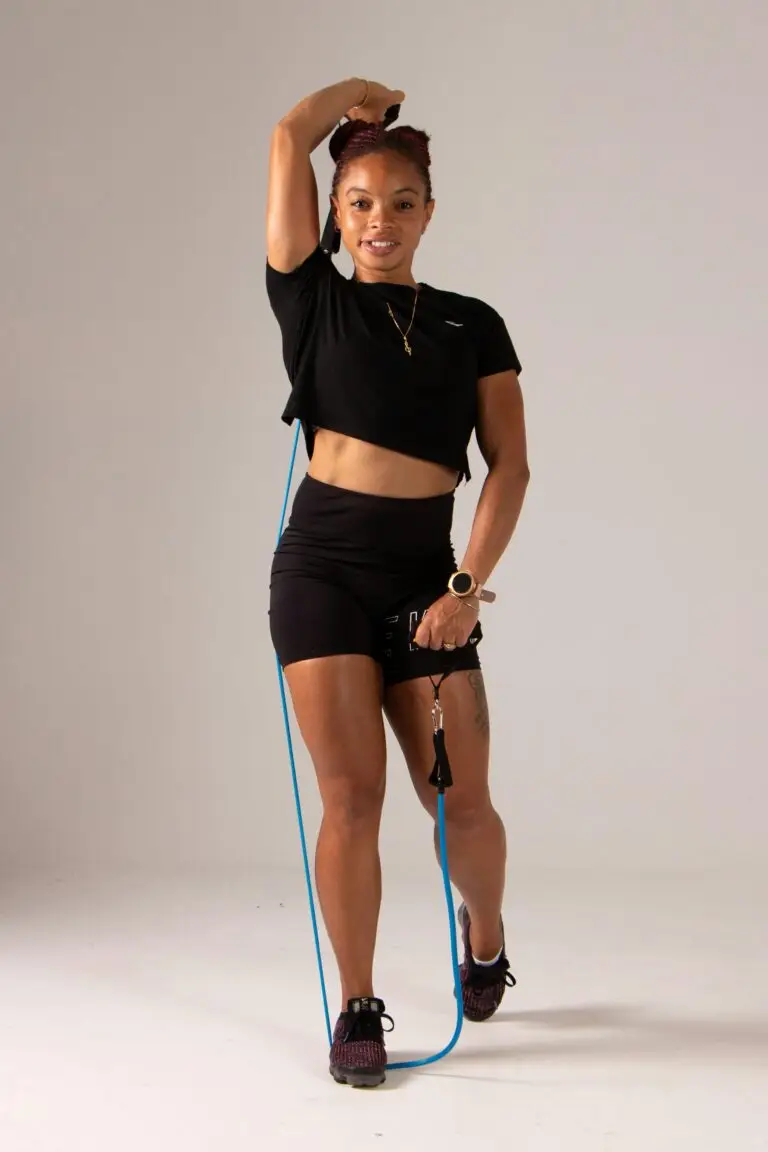
The Science of Progressive Overload
The key to continuous improvement in strength training is understanding progressive overload. This principle states that to continue making gains, you must gradually increase the demands placed on your muscles. This can be achieved by:
Increasing Weight: The most obvious method – add more weight to the bar or use heavier dumbbells.
Increasing Reps: If you’ve been doing 8 reps, try for 10 or 12 with the same weight.
Increasing Sets: Add an extra set to your routine.
Improving Form: Better technique allows for more effective muscle recruitment.
Decreasing Rest Time: Shorter rest periods increase workout intensity.
Increasing Frequency: Train a muscle group more often throughout the week.
The 12Reps app automatically tracks your progress and suggests when to increase weight or reps, taking the guesswork out of progressive overload.
Hormones and Strength Training
Women’s hormones fluctuate throughout the menstrual cycle, and understanding these changes can help optimize your training. During the follicular phase (days 1-14), estrogen levels rise, potentially improving strength and power. This might be an ideal time to focus on heavier lifting and new personal records.
During the luteal phase (days 15-28), progesterone increases, which may affect recovery and energy levels. This doesn’t mean you should avoid training, but you might focus more on technique, moderate weights, and adequate recovery.
For women going through menopause, strength training becomes even more critical. The decline in estrogen affects bone density, muscle mass, and metabolism. Regular resistance training can help mitigate these effects and maintain quality of life during this transition.
Building Your Home Gym
You don’t need an expensive gym membership to start your strength journey. A basic home gym setup can be incredibly effective and convenient. Here’s what I recommend for beginners:
Essential Equipment: – Adjustable dumbbells (5-25 lbs to start) – Resistance bands with varying resistance levels – Yoga mat for floor exercises – Stability ball for core work
Nice-to-Have Additions: – Kettlebell (15-25 lbs for most women) – TRX suspension trainer – Pull-up bar (doorway mounted) – Foam roller for recovery
The 12Reps app includes workouts specifically designed for home training with minimal equipment, making it perfect for busy women who want to train on their own schedule.
Recovery: The Missing Piece
Many women focus intensely on their workouts but neglect recovery, which is where the actual adaptations occur. Your muscles don’t grow during your workout – they grow during rest and recovery. Here are the key components of effective recovery:
Sleep: Aim for 7-9 hours of quality sleep per night. This is when your body releases growth hormone and repairs muscle tissue.
Nutrition: Consume adequate protein and calories to support muscle growth and recovery.
Hydration: Proper hydration supports all bodily functions, including muscle recovery.
Active Recovery: Light activities like walking, yoga, or gentle stretching on rest days.
Stress Management: Chronic stress elevates cortisol, which can interfere with muscle growth and recovery.
Your Strength Training Timeline
Understanding what to expect can help maintain motivation during your strength journey:
Weeks 1-2: Focus on learning proper form and establishing routine. You may feel sore as your body adapts.
Weeks 3-4: Movements start feeling more natural. You’ll notice improvements in coordination and confidence.
Weeks 5-8: Strength gains become noticeable. You’ll be able to lift heavier weights or perform more reps.
Weeks 9-12: Visible changes in muscle tone and body composition. Others may start commenting on your transformation.
Months 4-6: Significant improvements in strength, endurance, and physique. This is when many women become truly passionate about lifting.
6+ Months: Continued progress with more advanced techniques. You’ve developed a sustainable, lifelong habit.

Your Journey to Strength Starts Now
Strength training is a journey of self-discovery. It’s about pushing your limits, celebrating your progress, and becoming the strongest, most confident version of yourself. It’s about realising that you are capable of so much more than you ever imagined.
Every woman deserves to feel strong, confident, and empowered in her own body. Strength training is the vehicle that can take you there. It’s not about becoming someone else – it’s about becoming the best version of who you already are.
This guide has given you the knowledge. Now, it’s time to take action. Download the 12Reps app, start your 7-day free trial, and take the first step on your strength journey. Your strongest, most empowered self is waiting.
Remember, every expert was once a beginner. Every strong woman was once weak. The only difference between where you are now and where you want to be is taking that first step. Your transformation starts today.

References
[1] Schoenfeld, B. J., et al. (2017). Strength and Hypertrophy Adaptations Between Low- vs. High-Load Resistance Training: A Systematic Review and Meta-analysis. Journal of Strength and Conditioning Research, 31(12), 3508-3523. https://pubmed.ncbi.nlm.nih.gov/28834797/
[2] Harvard Health Publishing. (2023, February 14). Age and muscle loss. https://www.health.harvard.edu/exercise-and-fitness/age-and-muscle-loss
[3] University Hospitals. (2024, April 29). The Unique Benefits of Strength Training for Women. https://www.uhhospitals.org/blog/articles/2024/04/the-unique-benefits-of-strength-training-for-women

